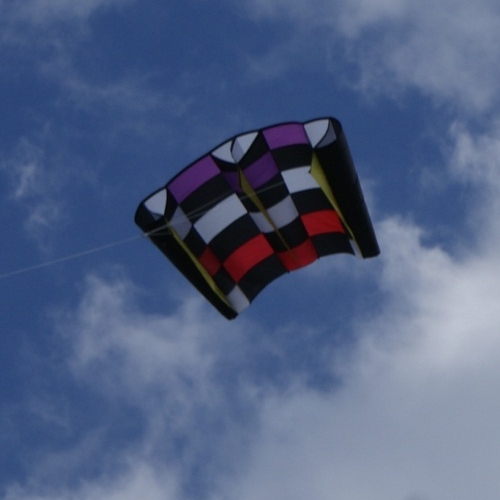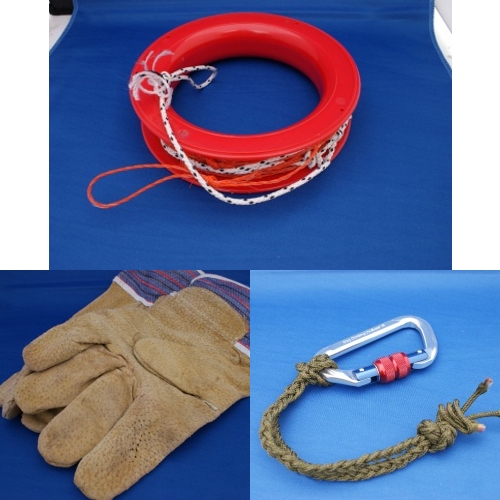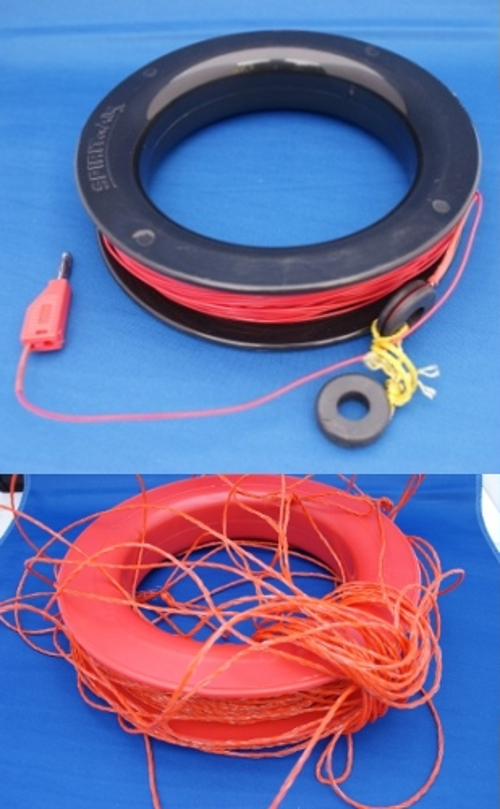Introduction
Admittedly, we already have a page about our kite antenna exploits which makes for interesting reading. However those pages are about the practical use of these antennas. This talk given by Henryk M0HTB covers some of the background and the equipment considerations to supplement the practical exploits.
Objectives
- Use a kite as a "Sky Hook"
- Experiment with a long wire as an antenna
- Make international QSOs on 40m
Limitations and Considerations
- Legal restrictions
- Location considerations
- Weather
- Equipment
- Operation
Legal Restrictions
- Kite Flying Limitations
- General Maximum Height 60m (200ft)
- Reduced to 30m (100ft) within 5 miles of airfields
- Radio Licence Restrictions
- Standard Licence Limitations
Location Considerations
- Open Space
- Hill Top
- Beach
- Park
- Field
When selecting a site consider:
- Access – Can you get to it, can you park, how far have you got to carry equipment?
- Positioning
- Other Activities – Will there be public access, dog walkers, other kite flyers, sports matches?
Weather
- Check the forecast – Dry, wet, storms?
- Wind Speed and Direction – Will it be sufficient to get the kite airborne?
Equipment
- Kite and anchor
- Antenna and ground
- Radio, power source and accessories
 There are a variety of kites available, however what is required is a simple kite, typically a mono line, that can be easily launched and then left to its own devices and relied on to stay airborne in light wind conditions leaving the operator free to concentrate on the radio activities. Typical designs fulfilling these requirements are:
There are a variety of kites available, however what is required is a simple kite, typically a mono line, that can be easily launched and then left to its own devices and relied on to stay airborne in light wind conditions leaving the operator free to concentrate on the radio activities. Typical designs fulfilling these requirements are:
- Box Kites
- Delta Kites
- Power Sled Kites
We chose the latter.
 With the kite being left more or less to its own devices during operation it is important that the anchor system is able to withstand the likely forces exerted by the kite; otherwise operation could be a relatively short lived (and expensive) affair!
With the kite being left more or less to its own devices during operation it is important that the anchor system is able to withstand the likely forces exerted by the kite; otherwise operation could be a relatively short lived (and expensive) affair!
Smaller kites can be tethered with tent peg type spikes. As the size and lift increases a heavier duty anchor is required. Picket screws are similar to the twizzle pegs used to tie dogs on campsites and are ideal anchors. We used a heavy duty anchor peg shown at the bottom of the image.
Remember to mark the location of your anchor, it makes it easier to find when packing up and prevents other people walking on it!
 It is important to use the correct gauge or weight of line for the kite. For medium sized delta kites a line of 100lb – 250lb should be adequate; for the larger sleds, as we used, a 500lb line is appropriate.
It is important to use the correct gauge or weight of line for the kite. For medium sized delta kites a line of 100lb – 250lb should be adequate; for the larger sleds, as we used, a 500lb line is appropriate.
When handling kite line and particularly once the kite is attached to it, ALWAYS wear gloves. To bring an airborne kite to the ground attach a climbing karabina to the kite line and using a short rope handhold walk the karabina from the anchor towards the kite.
 We were aiming for a 40m vertical antenna. The antenna wire is attached to the kite using about 1m of bungee to avoid over stressing the antenna or the connections at either end. The antenna is not strung along the kite line. This allows the kite to be established over the operating position with its line sloped to the ground whilst maintaining a more or less vertical radiating element.
We were aiming for a 40m vertical antenna. The antenna wire is attached to the kite using about 1m of bungee to avoid over stressing the antenna or the connections at either end. The antenna is not strung along the kite line. This allows the kite to be established over the operating position with its line sloped to the ground whilst maintaining a more or less vertical radiating element.
 Static build up is a very real risk with this type of antenna, with a potential gradient that can be as much as 400V/m. ALWAYS ground the antenna BEFORE launching.
Static build up is a very real risk with this type of antenna, with a potential gradient that can be as much as 400V/m. ALWAYS ground the antenna BEFORE launching.
At the transceiver a ground spike and radial "earth net" is used to provide a counterpoise and also a path to ground far any static that may build up on the line.
The connection box attached to the ground spike contains 3no. 3MΩ resistors connected in parallel between the core of the feeder and the ground to dissipate any static buildup. Each resistor is rated at 8W. A contact between 2 FT-817s from Lundy to the Outer Hebrides suggests that this doesn’t have too much effect on the signal strength.
 We have carried out all of our experimental works using that faithful standby for field QRP ops of a Yaesu FT-817 and an LDG Z-817H auto ATU. This can be easily powered from any reasonable 12V battery for a sensible operating period. We have, however, felt the need for a few more Watts and are now considering adding a small linear amp to the setup or using a Yaesu FT-857 in place of the FT-817.
We have carried out all of our experimental works using that faithful standby for field QRP ops of a Yaesu FT-817 and an LDG Z-817H auto ATU. This can be easily powered from any reasonable 12V battery for a sensible operating period. We have, however, felt the need for a few more Watts and are now considering adding a small linear amp to the setup or using a Yaesu FT-857 in place of the FT-817.
